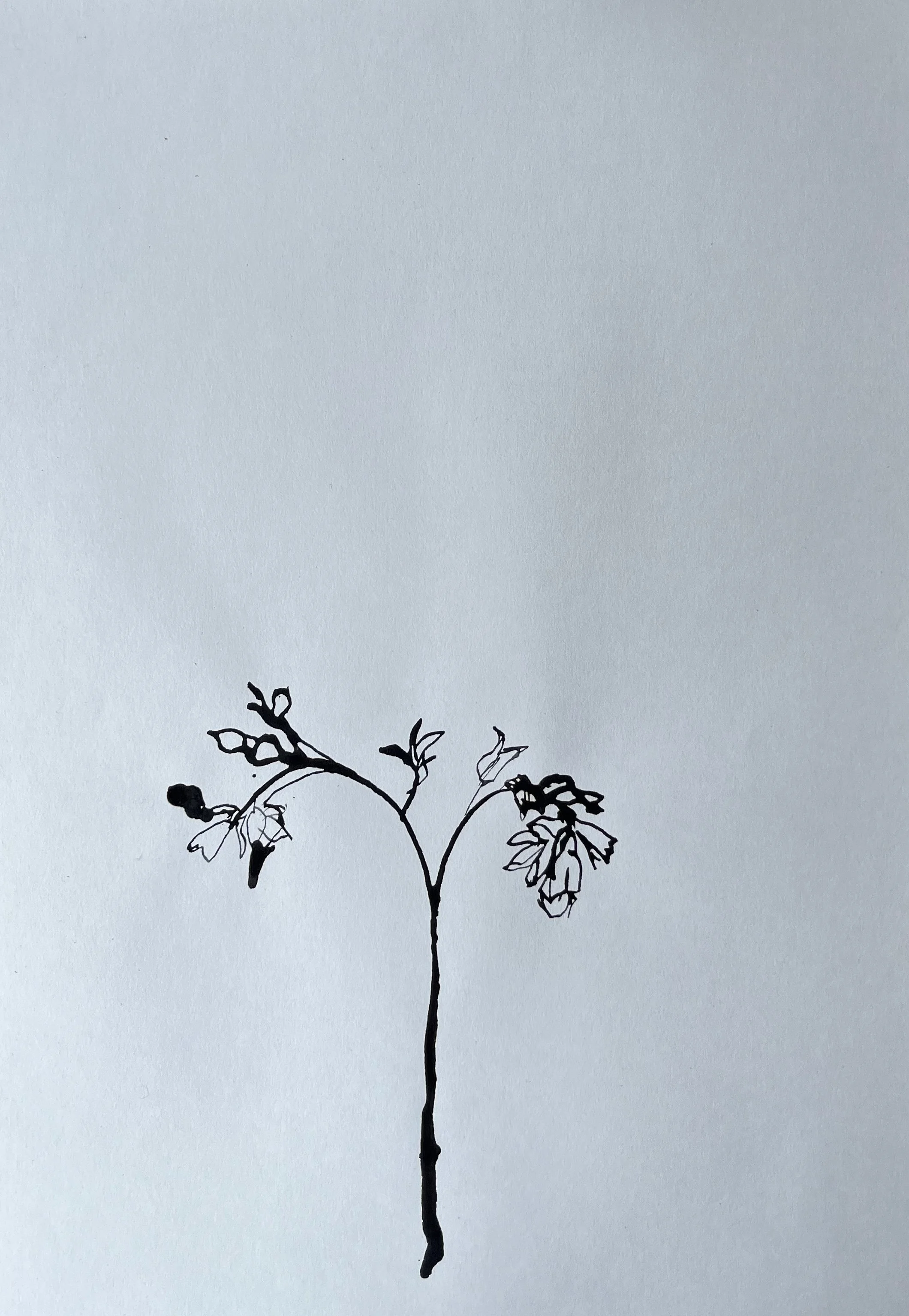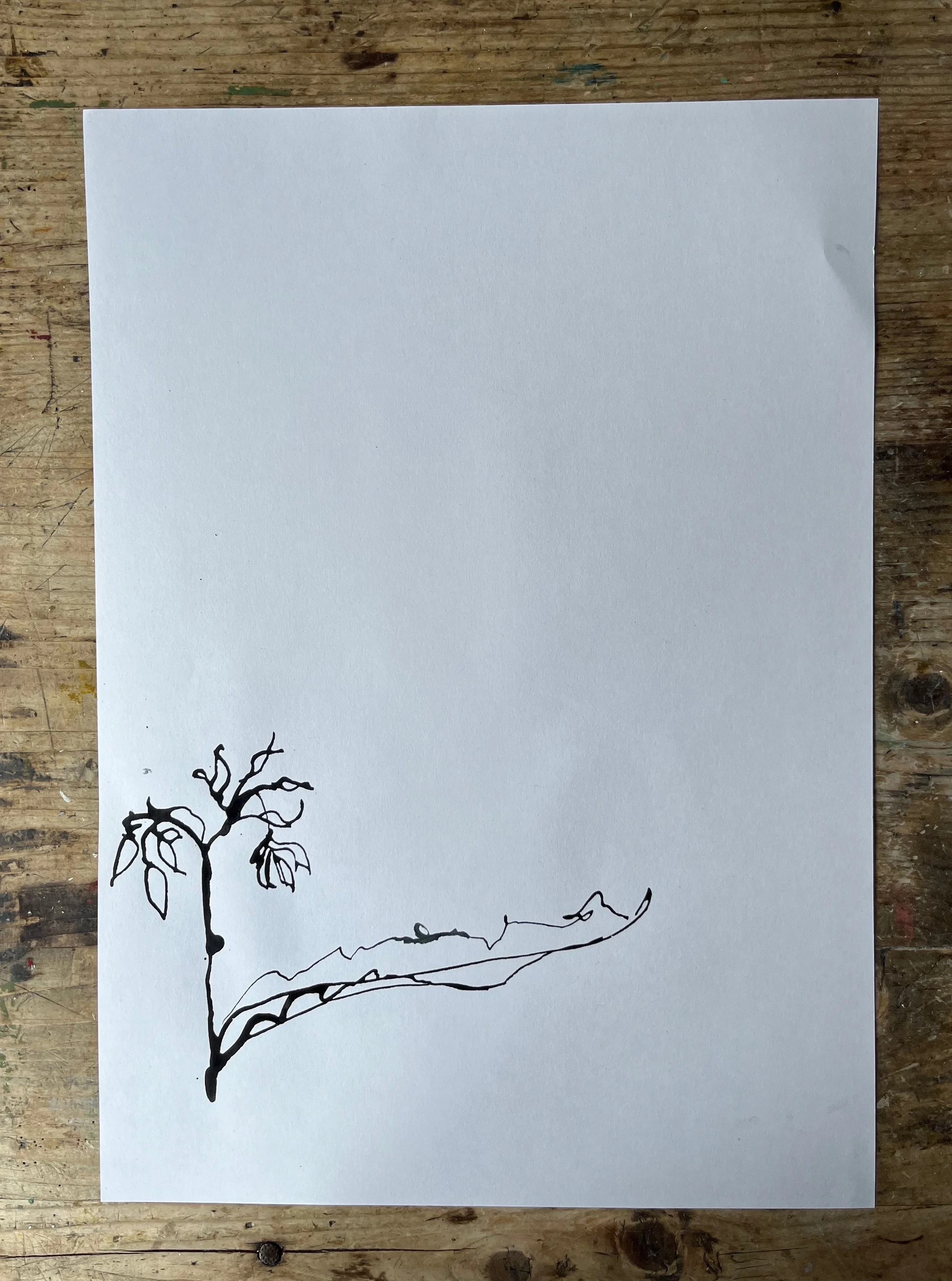Papermaking histories in Exeter
By Penny Simons, Paper & Print project research volunteer
As an artist, I have taken a role in this project of reading and reading and following the vast amount of fascinating material being unearthed by the other volunteers, as well as some doing some unearthing myself.
Mostly I’m interested in the use of factual material and how to process that as a non- historian.
For me lists don’t work. Using the facts to make a response which draws on this material has involved me retracing the steps of the women and girls who were involved in the trade, mostly at the most basic level. As Sue has pointed out, little of their memory remains. They are the invisible, the forgotten, the undervalued. I follow their daily path out of Exeter and down the river to Countess Weir in the hope of giving them a voice. What were their lives like? What did they wear? What did they eat? Did they have free time and what did they do with it? Did they sing? Dance? What local customs did they follow?
I don’t do it every day, far from it, and I walk in spring, on well-trodden paths. I pass families and dog-walkers and am in danger of being mown down by bikes! The countryside is at its most beautiful and the contrast between that and the enormous, monstrous edifice that was the mill buildings with the mechanical and chemical workings necessary for the paper production must have been extreme. I’m interested in how places change and how glimpses of the past can still sometimes be seen: how places hold their histories in different ways: how layers of time build on top of previous layers.
I also intend to make work related to the changes in the river necessitated by the development of this industry- to see how the landscape was altered by its needs. It seems a greedy and dangerous industry, gulping the water supply and demanding more as well as supplies of coal to heat vast coppers for the preparation of the pulp. This must have been instrumental in the number of fires sweeping through the establishment at various times.
I try to immerse myself, to imagine this around me in the green and tranquil place it is now. I make drawings to feel myself into the landscape as is and speculate as to how it was. I make plans for work which can start to encompass the rich variety of material, factual and imaginative, which shaped this place and contributes in some way to its legacy.
Below: Penny’s sketches of plants along the bank of the river en route to Countess Wear, made with sticks and oak gall ink. Main image is on unsized handmade paper.





